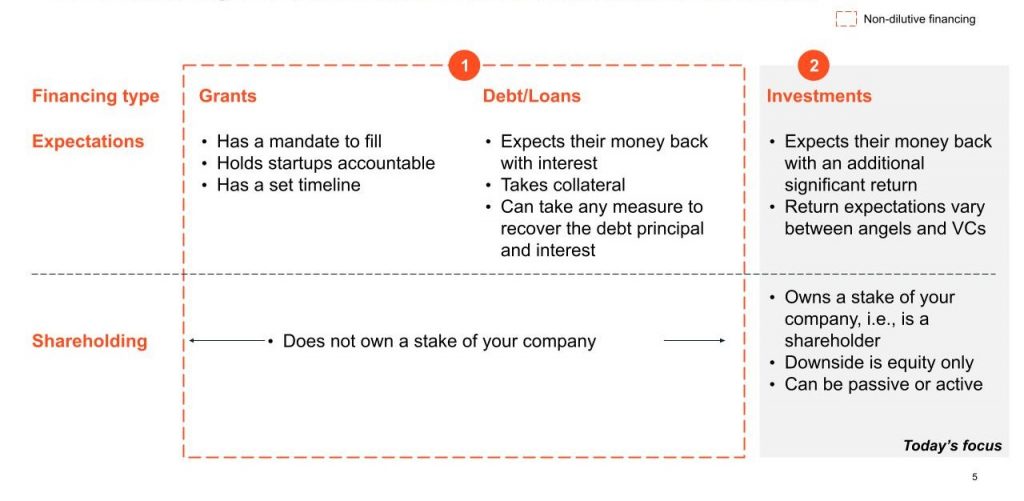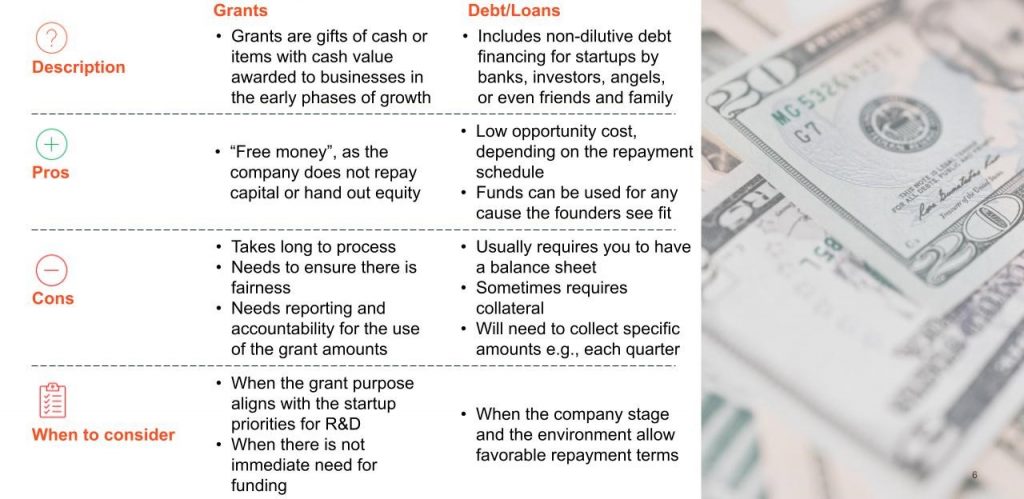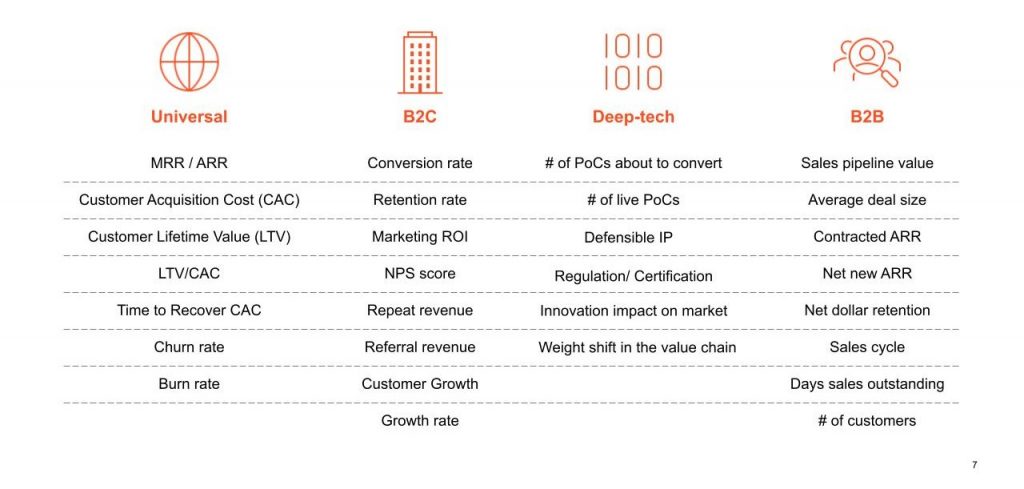
A Startup Guide to Fundraising (Part 1)
- Posted by Metavallon VC Team
- On April 11, 2022
- No tags found
This is Part 1 of 3 of our Startup Guide to Fundraising. In this part, we will answer some of the basic and most frequent questions related to fundraising and provide additional tips. In Part 2, we will analyze the 4-step fundraising process we have identified at Metavallon, while in Part 3, we will deep-dive selectively into this 4-step process and help you understand how VCs assess the various components and metrics of a startup.
What is fundraising?
Startup fundraising is the process through which startups raise financing from institutional and individual investors and other sources. Fundraising isn’t easy. You need to have a strong stomach and handle a lot of no’s. Though it could be a lonely, stressful and frustrating process, there’s light at the end of the tunnel! In hopes of helping you, we share below the basics of the fundraising journey, from experience we have gathered reviewing over 3.000 startups since we started in 2018.
When should startups raise funds?
The short answer is: When they need to! But when do startups need to raise capital?
Well, startups need to raise capital for various reasons, which include:
- accelerating their growth by hiring people, spending on marketing, and more
- covering the investment that is necessary for their business to take-off exponentially
- Utilizing funds to mature an emerging technology, often in deep tech, before early adopters can start generating revenue
- building a safety net for their cash burn in difficult times
Usually, the suitable type of financing differs depending on the reason startups are raising funds. Remember: the only good reason to take external financing is when you are growing faster than you can afford to support organically and with own resources!
Who’s involved
Once you’ve determined that this is the right moment to start fundraising, you should already have a deep understanding of the key stakeholders involved in the process.
Founders
The founders are at the center of the entrepreneurial ecosystem. Startups are shaped around their capabilities, vision, mission and values. Founders are expected to put significant effort into fundraising.
Funders
Public organizations, Research and Development initiatives and grants, banks and other lenders, venture debt organizations, angel investors, Venture Capital and Private Equity investors and any other source of financing for founders.
Lawyer
Lawyers are part of most deals. A good lawyer is a huge asset for entrepreneurs and can save valuable time and resources through the deal-making process.
Service Providers
Other parties that at times get involved in fundraising are: Consultants, Accountants, Academics, Bankers.
Non-dilutive and Dilutive
There are 2 types of options for the financing of an early-stage startup:
non-dilutive (grants & debt/loans) and dilutive (investments).
There is a significant gap between non-dilutive and dilutive financing. In the rest of this guide, we will focus on a particular segment of dilutive financing: Venture Capital. However, for the sake of completeness, we lay down some of the very basics for other types of financing in two infographics.

Pros & Cons of non-dilutive funding to seek
A valid alternative to equity financing is non dilutive forms of raising capital. These are available several times and can significantly help the company’s survival especially at the initial stage, however they often come with several strings attached that founders should be mindful of. Below are some pros and cons of non dilutive financing often available to start ups.

Different types of investors
Startuppers have a variety of options when it comes to securing funding for their ventures. In many ways, this is a good thing. The issue is that each funding option is drastically different from the next, bearing its own advantages and disadvantages. Furthermore, determining which funding option is best for you and your startup will vary depending on your circumstances—what your short term and long-term goals are, how much money you need, etc.
The different types of Equity investors:
Angel investors
Affluent individuals, many times with previous entrepreneurial background. Angel investors usually constitute the first capital into a startup.
Venture Capital funds
Invest early in a startup’s life and acquire a minority stake (5-25%). VCs are not active in day-to-day ops. VCs frequently support companies at a higher level, in areas like strategy definition and key executive recruitment.
Private Equity funds
Invest in established companies and tend to acquire a majority stake. PE funds usually complement the management team and play a more active role in managing the company day-to-day through their designated managers.
Other institutions
Large corporations, financial institutions, and other enterprises that are investing through their own Corporate VC arm.
What do investors do other than financing?
Apart from providing startups with the required liquidity, investors also provide other services to startups through their own network, learnings and resources. For example, at Metavallon VC we support our portfolio companies with:
- Recruitment (talent research and acquisition and partnerships)
- Business Development (introductions to potential clients, investors, partners etc.)
- Free resources (e.g., advertisement, cloud infrastructure, SaaS, etc.)
- Operations (engagement in mini projects and consultations)
And most importantly:
- Further follow on fundraising with other investors
Important things to bear in mind for follow-on fundraising
When you fundraise for the second time, you will notice that the process (which we’ll discuss in Part 2) seems common, but with some very distinct characteristics. What vital factors should entrepreneurs bear in mind the next time they fundraise in order to raise the maximum amount of funding and be able to enjoy the journey to success?
Remember that metrics matter
Investors are more likely to review company metrics in later rounds (Series A and onwards). You should be able to showcase growth and healthy unit economics, although metrics vary depending on the type of business you run (deep tech, B2B and B2C have different metrics they use). Indicative examples of metrics include:

Utilize your existing investors
Your existing investors can help you with identifying potential investors to participate in your round and introduce you to them. They can also help you prepare for pitching and for other material requests.
Familiarize yourself with new terms
Investors will request an employee stock options pool, board representation and other terms affecting the company’s structure. Get past the jargon and understand the dynamics and the shift these terms bring to you and what this practically means for the company.
Look for a partner, not just money
Select the investors based on:
- Alignment of long-term objectives
- People’s fit
- Strategic value & expertise
- Deal financials
Conclusion
Fundraising is a necessary and sometimes painful task most startups must periodically face. Often that will seem like a nearly impossible task and when it is complete, it will feel as though you have climbed a very high mountain. But once you turn your attention back to the future you will realize it was only a small hill on the real climb in front of you. We hope this guide will help you successfully raise the money of your venture financing.







